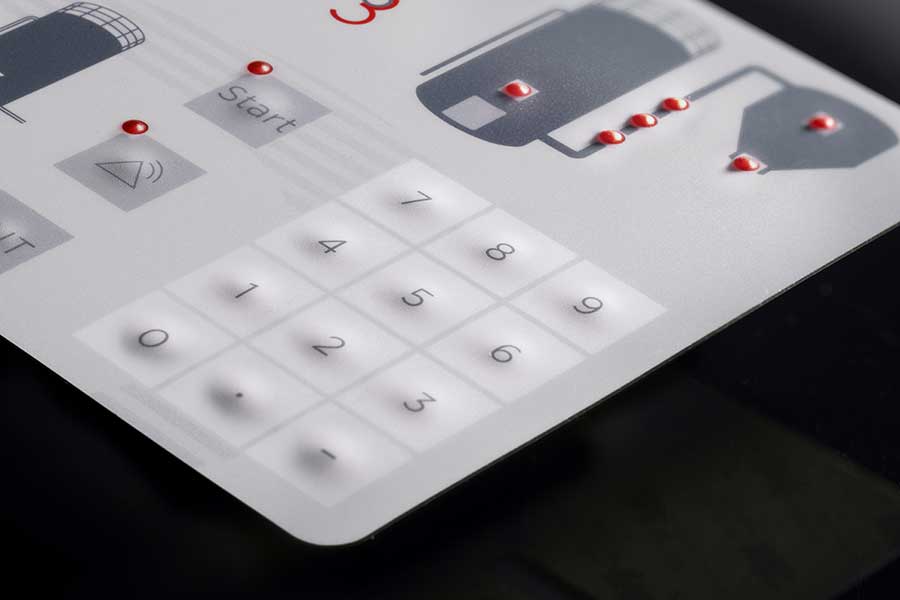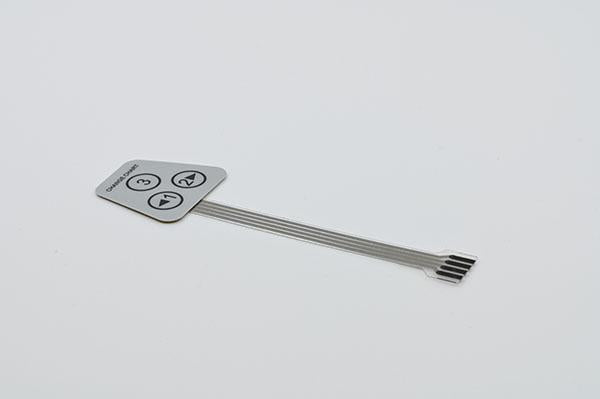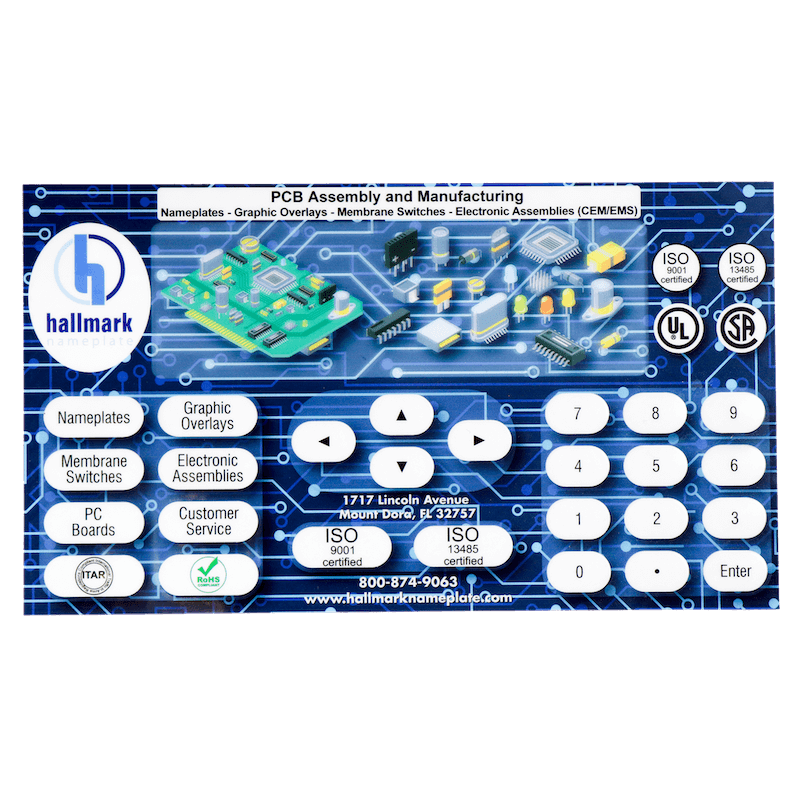Understanding the Relevance of Membrane Switches in User User Interfaces
Membrane switches are important elements in the design of efficient user interfaces, helping with not just functionality however also boosting visual charm and individual interaction. As we discover the future fads and various advantages connected with Membrane modern technology, it comes to be clear that these buttons are a lot more than just components; they stand for a convergence of development and functionality.
What Are Membrane Buttons?

The spacer layer, which has glue residential properties, permits for the splitting up of the circuit layer from the overlay, guaranteeing that the button continues to be in a non-activated state till pushed. When pressure is used to the overlay, it compresses the spacer layer, connecting the space and completing the circuit in the underlying layer. This design not just decreases the physical space required for conventional mechanical buttons yet additionally enhances the longevity of the tool, as Membrane buttons are usually immune to dust, dampness, and other environmental variables.
Generally found in applications varying from consumer electronic devices to clinical devices, Membrane switches are essential to contemporary innovation, providing a effective and user-friendly user interface that straightens with contemporary layout needs.
Advantages of Membrane Buttons
While countless switch modern technologies exist, Membrane Switches deal distinct advantages that make them especially preferable in various applications. One of the primary advantages of Membrane buttons is their portable style, which allows for space-saving executions in devices where realty is limited. Their thin profile not just improves visual appeal yet additionally helps with light-weight building and construction.
An additional significant advantage is their resistance to ecological variables. Membrane buttons are commonly secured versus moisture, dirt, and impurities, making them suitable for usage in requiring atmospheres, such as clinical devices and commercial devices. This durability prolongs the life expectancy of the switch, decreasing maintenance prices and boosting reliability.
In addition, Membrane switches can be tailored to satisfy specific design requirements, including one-of-a-kind graphics and shades that enhance customer communication. Their responsive comments choices can also be tailored to give a rewarding customer experience. In addition, Membrane switches are affordable, especially in high-volume applications, as they can be produced effectively.
Applications in Different Industries

In the customer electronic devices sector, Membrane switches prevail in devices such as microwaves, cleaning equipments, and remotes. Their responsive comments and visual alternatives boost customer experience while offering a streamlined, modern appearance. In addition, automotive manufacturers utilize Membrane buttons in dashboard controls and infotainment systems, where space is limited, and individual engagement is vital.
Moreover, the commercial market leverages Membrane switches in control panels for equipment and tools, enabling instinctive procedure in frequently harsh settings. Their resistance to chemicals and moisture makes sure durability and integrity in these applications. Generally, the versatility of Membrane Switches adds dramatically to their widespread usage, making them essential in different technological domain names.
Design Factors To Consider for Membrane Switches

When making Membrane switches, numerous essential considerations have to be thought about to guarantee ideal functionality and user experience. To start with, the selection of materials is essential; picking long lasting, high-quality substratums can enhance the switch's long life and resistance to ecological factors such as wetness and temperature fluctuations.
Secondly, the style of the graphic overlay ought to prioritize clarity and ease of usage. Icons and message have to be legible, and the design must facilitate user-friendly communication (membrane switches). In addition, tactile feedback is essential; integrating a responsive dome or other systems can enhance the customer experience by providing physical confirmation of activation
An additional essential variable is the button's electrical efficiency. Designers must guarantee that the conductive traces are effectively designed to minimize resistance and prevent signal interference. This entails assessing the required actuation force and making certain compatibility with the electronic elements they will certainly user interface with.

Future Fads in Membrane Technology
As modern technology remains to advancement, Membrane switches are positioned to advance substantially, driven by advancements in products and manufacturing techniques. One arising pattern is the incorporation of sophisticated materials, such as adaptable substrates and conductive inks, which improve sturdiness and decrease the total weight of Membrane switches. These materials not just boost the responsive response but likewise permit the design of buttons that can stand up to Learn More harsher ecological conditions.
Additionally, the combination of touch-sensitive innovations is changing standard Membrane Switches into more interactive individual interfaces. Capacitive touch sensing units embedded within Membrane button panels can provide a more receptive and instinctive user experience, straightening with the expanding need for smooth, modern-day designs in customer electronic devices.
Additionally, advancements in printing methods, such as electronic and 3D printing, enable fast prototyping and customization of Membrane buttons. This adaptability allows manufacturers to respond extra quickly to market demands and customer preferences.
Finally, sustainability is ending up being a substantial focus, with suppliers checking out eco-friendly materials and processes. As these patterns unravel, the future of Membrane modern technology promises membrane switches boosted functionality, visual appeal, and ecological obligation, strengthening their duty in advanced interface throughout different sectors.
Conclusion
In verdict, Membrane Switches represent a crucial part in the style of customer interfaces, combining capability with visual adaptability. As innovations in modern technology proceed, the development of Membrane buttons is anticipated to further improve user interfaces, driving technology and enhancing usability in an increasingly intricate technological landscape.
Membrane buttons are essential components in the design of efficient individual interfaces, helping with not just functionality however likewise improving visual allure and customer interaction.Membrane Switches serve as an important part in different user interfaces, assisting in a seamless interaction between customers and electronic devices.While various button technologies exist, Membrane Switches deal distinctive benefits that make them particularly desirable in numerous applications.Additionally, Membrane switches can be customized to meet particular style needs, including special graphics and shades that their website improve customer communication.In conclusion, Membrane Switches stand for an essential element in the layout of individual interfaces, combining performance with visual flexibility.